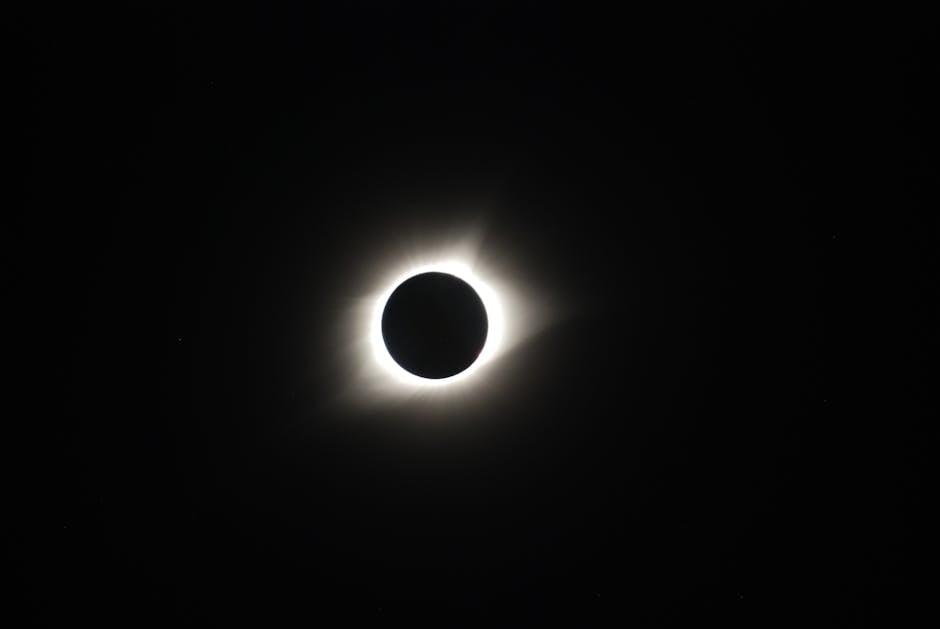Step into a cosmic journey as we dive into the fascinating realm of planetary types. From fiery infernos to icy realms, the diversity of planets in our universe is as vast as the stars themselves. Join us as we explore the unique characteristics, compositions, and mysteries of these celestial bodies that dot the heavens above. Get ready to expand your horizons and embark on a celestial odyssey unlike any other.
Table of Contents
- Exploring the Diversity of Planetary Types
- Unveiling the Characteristics of Terrestrial Planets
- Diving Into the Mysteries of Gas Giants
- Discovering the Intriguing Features of Dwarf Planets
- Q&A
- Final Thoughts
Exploring the Diversity of Planetary Types
In our vast universe, planets come in a myriad of shapes, sizes, and compositions, each offering a unique glimpse into the wonders of space. From barren rocky worlds to gaseous giants shrouded in mystery, the diversity of planetary types is like a cosmic tapestry waiting to be explored. Let’s embark on a journey through the enchanting realms of the cosmos, where each celestial body tells a story of its own.
Some planets boast rugged terrains sculpted by ancient forces, while others dance gracefully in the embrace of their host stars, painting mesmerizing patterns across the cosmic canvas. From scorching infernos to icy realms, the universe’s planetary palette knows no bounds, inviting us to uncover the secrets hidden within each intriguing world.
| Planetary Type | Characteristic |
|---|---|
| Terrestrial Planets | Solid surfaces with rocky compositions |
| Gas Giants | Dominated by thick atmospheres and swirling gases |
| Ice Giants | Comprised of icy cores surrounded by thick mantles |

Unveiling the Characteristics of Terrestrial Planets
Terrestrial planets, also known as rocky planets, exhibit fascinating characteristics that set them apart from other planetary types. These inner planets, including Mercury, Venus, Earth, and Mars, share common traits that make them intriguing subjects of study. One notable feature of terrestrial planets is their solid surfaces, which are composed of rock and metal.
Moreover, terrestrial planets have relatively thin atmospheres compared to gas giants, allowing for greater exposure to the harsh conditions of space. Their close proximity to the Sun results in higher temperatures on their surfaces, making them unique environments for exploration and discovery. Understanding the distinct qualities of terrestrial planets provides valuable insights into the formation and evolution of rocky bodies in our solar system and beyond. By delving into the characteristics of these rocky worlds, scientists continue to unravel the mysteries of the cosmos and expand our knowledge of the universe.
Diving Into the Mysteries of Gas Giants
When it comes to the vast universe of celestial bodies, gas giants stand out as mesmerizing giants shrouded in mystery. These colossal planets, comprising predominantly of hydrogen and helium, possess a unique allure that captures the curiosity of astronomers and space enthusiasts alike.
From the majestic rings of Saturn to the raging storms of Jupiter, gas giants boast a spectacle of features that defy earthly comprehension. Their intricate systems of moons, fascinating cloud patterns, and immense gravitational forces present a celestial canvas waiting to be explored and understood.

Discovering the Intriguing Features of Dwarf Planets
Exploring the realm of celestial bodies beyond our familiar planets uncovers a diverse array of fascinating dwarf planets, each with its own story to tell. From the enigmatic Eris with its distant orbit to the mysterious Haumea and its peculiar elongated shape, these miniature worlds provide a wealth of intrigue for astronomers and space enthusiasts alike.
<p>One captivating feature of dwarf planets is their unique orbital characteristics, often meandering through the Kuiper Belt or other regions of the outer solar system. Their diverse compositions and sizes, ranging from the icy Pluto to the rocky Ceres, showcase the rich tapestry of celestial diversity within our cosmic neighborhood.</p>Q&A
**Q&A: Exploring Different Planetary Types**
Q: What are the different types of planets in our solar system?
A: Our solar system boasts a variety of planetary types, including terrestrial planets like Mercury, Venus, Earth, and Mars, as well as gas giants like Jupiter and Saturn, and ice giants like Uranus and Neptune.
Q: What distinguishes terrestrial planets from gas giants?
A: Terrestrial planets are characterized by solid surfaces, rocky compositions, and relatively smaller sizes compared to gas giants, which are mainly composed of gases such as hydrogen and helium and lack solid surfaces.
Q: Are there other planetary types beyond the commonly known ones?
A: In addition to terrestrial and gas giants, there are also ice giants like Uranus and Neptune, which have icy compositions and distinct characteristics that set them apart from other types of planets in our solar system.
Q: How do planetary types impact their environments and potential for hosting life?
A: The types of planets influence factors such as atmosphere composition, surface conditions, and overall habitability. Terrestrial planets, for instance, may offer more favorable conditions for life due to their solid surfaces and potential for liquid water, while gas giants are unlikely to harbor life as we know it.
Q: Can planetary types outside our solar system be different from those within it?
A: Yes, exoplanets located outside our solar system can exhibit a wide array of planetary types that may challenge our current understanding of celestial bodies. Scientists continue to discover new types of planets with unique characteristics that broaden our knowledge of the universe.
Q: How does studying planetary types contribute to our understanding of the cosmos?
A: Exploring different planetary types allows us to unravel the diversity of worlds within and beyond our solar system, shedding light on the formation, evolution, and potential habitability of planets. Such research is essential in expanding our comprehension of the vast and complex universe we inhabit.
Final Thoughts
As we gaze up at the vast expanse of the night sky, it’s awe-inspiring to think about the diverse array of planetary types that exist beyond our own. From rocky terrestrial worlds to gas giants of immense proportions, each planet holds its own mysteries waiting to be unraveled. The exploration of these planetary types not only expands our scientific knowledge but also fuels our imagination about the boundless possibilities that lie within the cosmos. So, as we continue our journey of discovery through the universe, let’s remember that the beauty and complexity of planetary diversity are a testament to the infinite wonders that surround us.



0 Comments